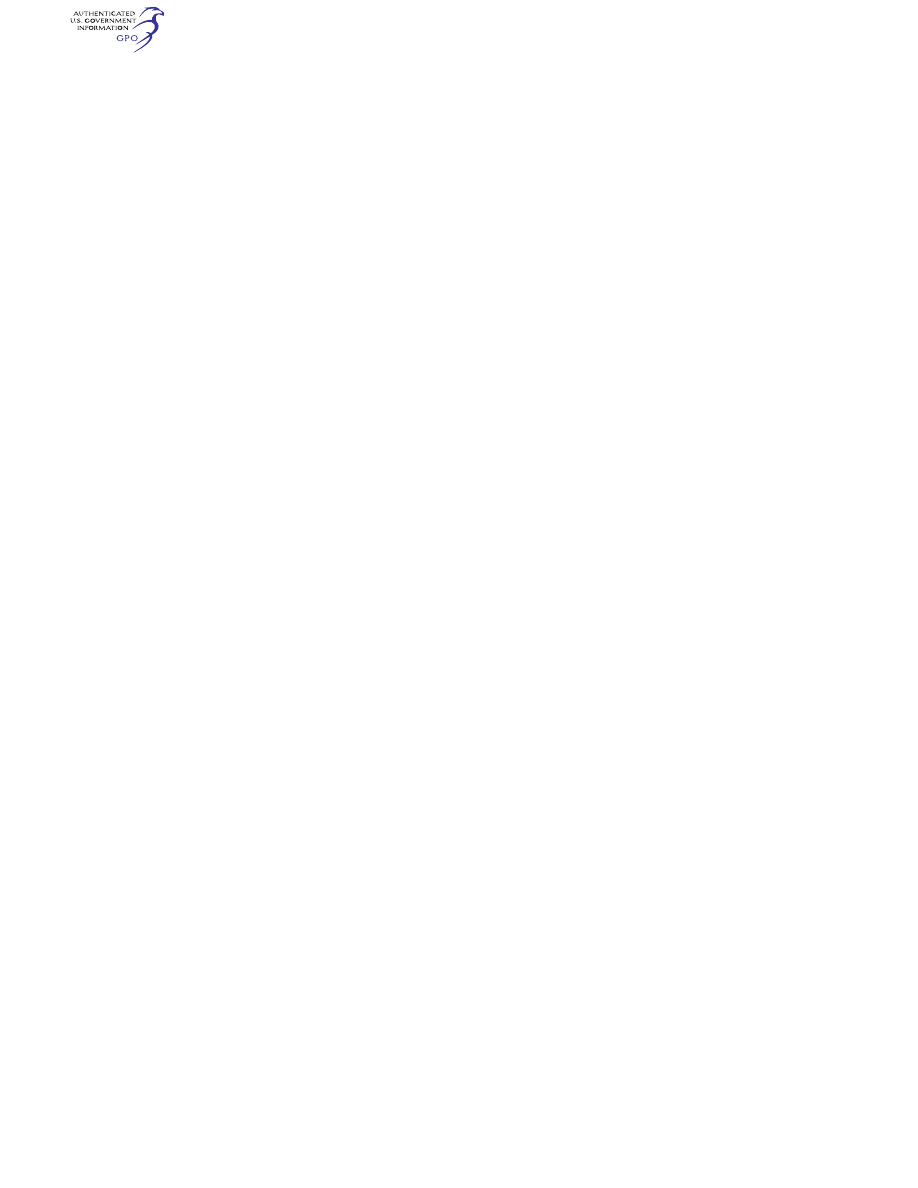
459
Federal Aviation Administration, DOT
§ 135.168
batteries) that are essentially unaf-
fected during probable storage inter-
vals.
[Doc. No. 16097, 43 FR 46783, Oct. 10, 1978, as
amended by Amdt. 135–4, 45 FR 38348, June
30, 1980; Amdt. 135–20, 51 FR 40710, Nov. 7,
1986; Amdt. 135–49, 59 FR 32058, June 21, 1994;
Amdt. 135–91, 68 FR 54586, Sept. 17, 2003]
§ 135.168 Emergency equipment:
Overwater rotorcraft operations.
(a)
Definitions.
For the purposes of
this section, the following definitions
apply—
Autorotational distance
refers to the
distance a rotorcraft can travel in
autorotation as described by the manu-
facturer in the approved Rotorcraft
Flight Manual.
Shoreline
means that area of the land
adjacent to the water of an ocean, sea,
lake, pond, river, or tidal basin that is
above the high-water mark at which a
rotorcraft could be landed safely. This
does not include land areas which are
unsuitable for landing such as vertical
cliffs or land intermittently under
water.
(b)
Required equipment.
Except when
authorized by the certificate holder’s
operations specifications, or when nec-
essary only for takeoff or landing, no
person may operate a rotorcraft be-
yond autorotational distance from the
shoreline unless it carries:
(1) An approved life preserver
equipped with an approved survivor lo-
cator light for each occupant of the
rotorcraft. The life preserver must be
worn by each occupant while the rotor-
craft is beyond autorotational distance
from the shoreline, except for a patient
transported during a helicopter air am-
bulance operation, as defined in
§ 135.601(b)(1), when wearing a life pre-
server would be inadvisable for medical
reasons; and
(2) An approved and installed 406 MHz
emergency locator transmitter (ELT)
with 121.5 MHz homing capability. Bat-
teries used in ELTs must be main-
tained in accordance with the fol-
lowing—
(i) Non-rechargeable batteries must
be replaced when the transmitter has
been in use for more than 1 cumulative
hour or when 50% of their useful lives
have expired, as established by the
transmitter manufacturer under its ap-
proval. The new expiration date for re-
placing the batteries must be legibly
marked on the outside of the trans-
mitter. The battery useful life require-
ments of this paragraph (b)(2) do not
apply to batteries (such as water-acti-
vated batteries) that are essentially
unaffected during probable storage in-
tervals; or
(ii) Rechargeable batteries used in
the transmitter must be recharged
when the transmitter has been in use
for more than 1 cumulative hour or
when 50% of their useful-life-of-charge
has expired, as established by the
transmitter manufacturer under its ap-
proval. The new expiration date for re-
charging the batteries must be legibly
marked on the outside of the trans-
mitter. The battery useful-life-of-
charge requirements of this paragraph
(b)(2) do not apply to batteries (such as
water-activated batteries) that are es-
sentially unaffected during probable
storage intervals.
(c) [Reserved]
(d)
ELT standards.
The ELT required
by paragraph (b)(2) of this section must
meet the requirements in:
(1) TSO–C126, TSO–C126a, or TSO–
C126b; and
(2) Section 2 of either RTCA DO–204
or RTCA DO–204A, as specified by the
TSO complied with in paragraph (d)(1)
of this section.
(e)
ELT alternative compliance.
Opera-
tors with an ELT required by para-
graph (b)(2) of this section, or an ELT
with an approved deviation under
§ 21.618 of this chapter, are in compli-
ance with this section.
(f)
Incorporation by reference.
The
standards required in this section are
incorporated by reference into this sec-
tion with the approval of the Director
of the Federal Register under 5 U.S.C.
552(a) and 1 CFR part 51. To enforce
any edition other than that specified in
this section, the FAA must publish no-
tice of change in the F
EDERAL
R
EG
-
ISTER
and the material must be avail-
able to the public. All approved mate-
rial is available for inspection at the
FAA’s Office of Rulemaking (ARM–1),
800 Independence Avenue SW., Wash-
ington, DC 20591 (telephone (202) 267–
9677) and from the sources indicated
below. It is also available for inspec-
tion at the National Archives and
